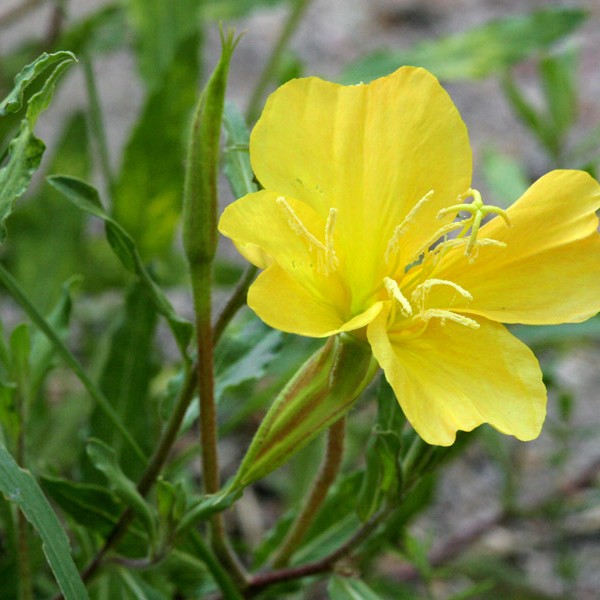
Impacts of ex situ conservation: What are the genetic and morphological differences between the ex situ and wild populations of an evening primrose 2020
Interns will spend about half of time in lab to do genetic analysis and half of time in greenhouse to measure floral traits.
Genetics, Fieldwork, Labwork, Plant Morphology, Plant Traits
Ex situ conservation is to preserve plant materials outside of the original habitats, which can be a potential solution to protect endangered species but might also cause problems. Oenothera organensis (Onagraceae) is an endangered evening primrose endemic to Organ Mountains, New Mexico. This species is self-incompatible and pollinated primarily by hawkmoths. The ex situ collection of O. organensis has been cultivated by hand-pollination since 1938. With this long time cultivation history and potential effects from artificial selection, the ex situ collection of this evening primrose is expected to have different genetic structure and floral traits compared to the wild populations. This research will integrate genetic analysis and floral measurements to compare the differences between the ex situ population of O. organensis and the wild population grown from seeds collected in 2016.
Interns will be trained to conduct both lab and greenhouse work. For lab work, interns will learn how to extract DNA and conduct microsatellite analysis. For greenhouse work, interns will measure and record morphological traits of flowers, nectar volume, and sugar content of both ex situ and wild populations. Ideal interns are expected to have interests in ex situ conservation, microsatellite analysis, or plant-pollinator interactions.
Genetics Lab based reserach cancelled due to COVID-19

